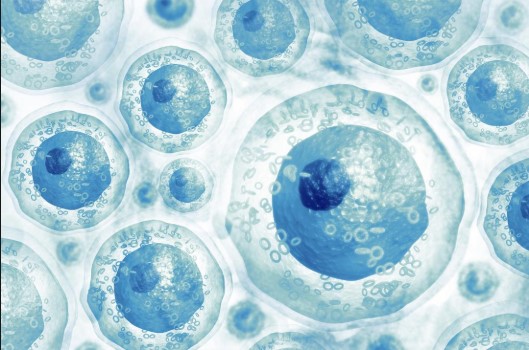What are stem cells you might ask? Well, think of these cells as a plain white paper which you can write anything on. In this case, they are blank cells, which means they can develop into any other cell in the body, thus they are called undifferentiated cells.
On the other hand, differentiated cells have a specific purpose. For example, red blood cells transport oxygen.
With stem cells, there’s no particular “job description”. They simply multiply into unlimited other similar cells. This is different from other cells which can only multiply a certain number of times then begin to wear out.
Stem cells exist in various categories and scientists use them for various purposes such as treating conditions like asthma which you can get at seattle stem cell center.
- Embryonic Stem Cells
These cells originate from human embryos no more than five days old. In-vitro fertilization is the term used to describe the harvesting process of these cells. Instead of natural fertilization, which is inside the female’s body, scientists fertilize an embryo in a lab process.
These cells also go by the term pluripotent stem cells. One major distinction with these cells is its ability to generate other types of cells in the body.
- Adult Stem Cells
Also known as non-embryonic stem cells, the term adult can be misleading, yet the cells are present in children and infants. These cells emerge from developed tissues and organs.
Their main purpose in the body is to replace and repair damaged or worn -out tissues. However, they do so in the same location which the cells come from.
For instance, hematopoietic stem cells are present in the bone marrow. They are responsible for generating new white blood cells, red blood cells,and other blood cells.
In fact, you may have heard of bone marrow transplant which is used in several cancer treatments. Unlike embryonic stem cells, adult stem cells don’t have the ability to generate as many cells.
- Induced Pluripotent Stem Cells
As the name suggests, this is a process which introduces pluripotent stem cell characteristics into another stem cell. In this particular one, it’s the adult stem cell. The process isn’t natural but this is a discovery made by scientists.
This process involves the scientist reprogramming the adult stem cell so they acquire similar characteristics to the embryonic stem cell. This means the IPSCs can produce cells for ay tissue or organ in the body.
With this breakthrough, scientists can now de-differentiate the stem cells. As such, they can use them to gain a deeper understanding of how various diseases develop. Furthermore, scientists also hope that these cells can be produced from a human’s skin to treat various diseases.
According to them, it’ll prevent instances of one’s immunes system from rejecting or attacking a transplanted organ. Also, scientists continue to try and find safer IPSCs production.
- Amniotic Fluid and Cord Blood Stem Cells
Obtaining a cord blood stem cell involves retaining the umbilical cord after birth. Once frozen in special cell banks, the cord can be used for future research. One of its uses includes treating blood cancer and some genetic blood disorders in children.
Amniotic fluid also contains stem cells. This fluid surrounds the baby while in the mother’s womb. Nevertheless, scientists continue researching in order to unpack its potential uses.
Conclusion
Stem cells provide critical insight into the human body. This enables scientists to develop new and effective treatments such as bone marrow transplant which has saved numerous people suffering from cancer.
More is still unknown and researchers continue to unravel the stem cell mystery. Overall, stem cells have numerous advantages.




